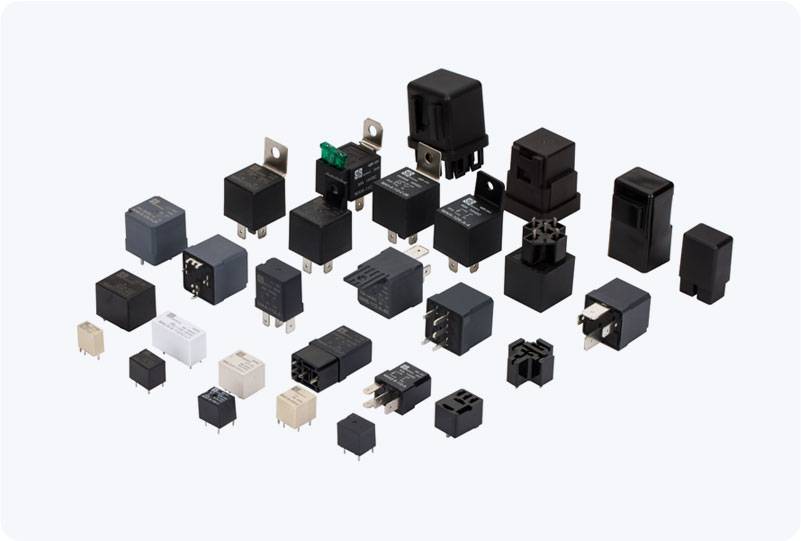In industries where explosive gases, dust, or vapors are present, ensuring the safety of electrical systems and equipment is paramount. One of the crucial components used to protect workers and facilities from these hazards is the Hazardous Area Relay. These relays play a vital role in maintaining safety and preventing potentially catastrophic accidents in environments where electrical equipment could trigger an explosion. In this article, we will explore the key features, applications, and safety standards associated with hazardous area relays.

What is a Hazardous Area Relay? A Hazardous Area Relay is an electrical relay designed to function safely in hazardous environments, such as those found in the oil and gas, chemical, mining, and pharmaceutical industries. These environments are classified as “hazardous” because they contain flammable gases, vapors, or dusts that could ignite or explode if an electrical fault occurs. The purpose of a hazardous area relay is to control electrical circuits and equipment while minimizing the risk of sparking or overheating, which could lead to ignition. Types of Hazardous Area Relays There are two primary types of hazardous area relays: Explosion-Proof Relays and Intrinsically Safe Relays.